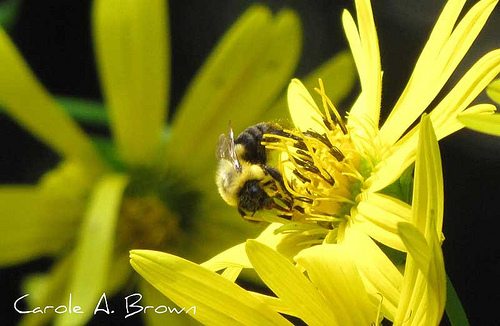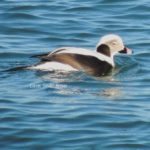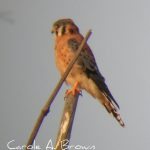Last week I gave my four year old neighbor a small handheld magnifying glass which was an immediate hit with her. We walked around the garden looking at EVERYTHING.
We found empty locust shells, butterfly chrysali, bees, and all manner of other bugs and every find spurred a flood of questions:
“Why did it lose its shell?”
“How does the butterfly get out of that chrysalis?”
“What do bees eat?”
These kinds of questions engage your children in the wonders of nature, and your Ecosystem Garden is a great place to spark their curiosity.
The best part about teaching children about nature and wildlife in your garden is that it’s right outside your door. When children learn to respect and care about the wildlife that is so close to home, they can learn that we can do good things to help them, but sometimes the things that we do are not helpful to wildlife and can really hurt them.
It’s a very sad fact that most children know more about lions and elephants in Africa, or polar bears in the Arctic than they do about the wildlife in their own backyards.
Teaching children about nature using wildlife gardens can be an effective and engaging way to promote environmental awareness and appreciation. Here are some tips:
Make it hands-on: Encourage children to get involved by helping with gardening tasks, such as planting seeds, watering, and weeding. This will give them a sense of ownership and responsibility for the garden.
Focus on observation: Encourage children to observe and study the plants, insects, and animals that live in the garden. Provide them with tools, such as binoculars, to help them make observations.
Incorporate games and activities: Use games and activities, such as a scavenger hunt, to make learning about nature fun and interactive.
Encourage questioning: Encourage children to ask questions about what they see in the garden, and provide opportunities for them to learn about the different species and their roles in the ecosystem.
Emphasize the importance of conservation: Explain to children why it is important to conserve and protect wildlife and their habitats. Show them how their actions, such as reducing waste and conserving water, can make a difference.
By making learning about nature fun and engaging, wildlife gardens can be a valuable tool for teaching children about the importance of protecting our natural resources and ecosystems.








